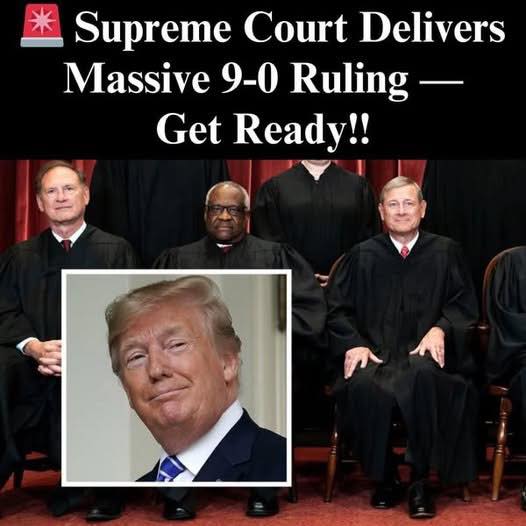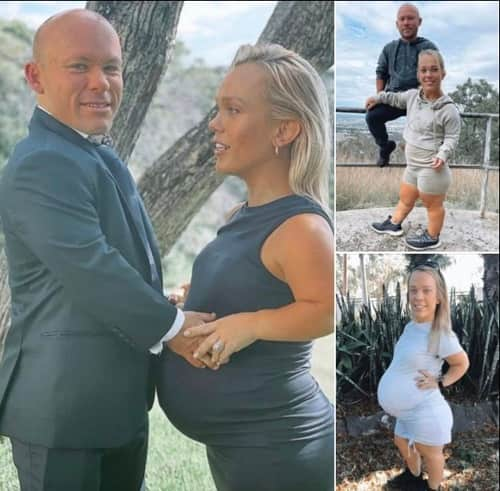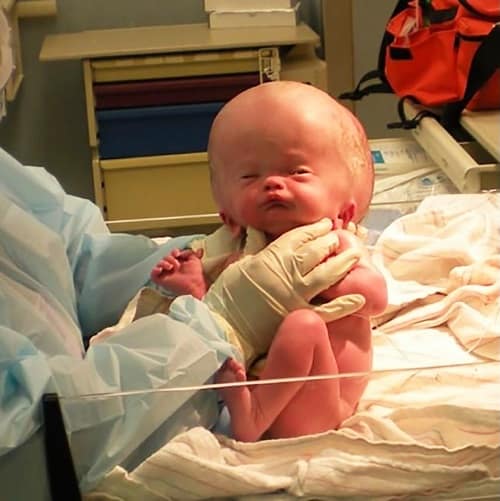Mystery Of Cocaine In Biden’s White House Deepens After New Report
While the media has been preoccupied with a flurry of new headlines, a previously overlooked report has emerged that poses significant new inquiries regarding former President Joe Biden, former Secret Service Director Kimberly Cheatle, and their management of one of the most peculiar scandals during his presidency.
A recent report outlines the discovery of a bag of cocaine at the White House in July 2023.
According to investigative journalist Susan Crabtree from RealClearPolitics, who has been examining this matter from the outset, new records indicate that the Secret Service acted swiftly to eliminate the evidence, merely one day after the case was unexpectedly closed.
Moreover, it appears that the agency may have retaliated against a senior official who opposed the destruction, a decision that Cheatle herself ultimately overruled.
Crabtree has revealed documents that “are raising new questions about the thoroughness of the investigation.”
“A U.S. Drug Enforcement Agency document titled ‘Destruction’ indicates that the bag of cocaine was sent to the Metropolitan Police Department for incineration,” Crabtree reported.
“That document, acquired through a Freedom of Information Act request, does not provide a date for the destruction,” she further noted.
“However, other internal Secret Service records demonstrate that the cocaine was tested by the Secret Service, the D.C. Fire Department hazmat technicians, and the FBI before being returned to the Secret Service for storage on July 12.”
“Two days later, it was handed over to the D.C. police department for destruction. The Secret Service concluded the cocaine investigation 11 days after its discovery.”
When asked about the bag’s fate, the Washington, D.C. police attributed the blame to the FBI.
Yet, despite the documents indicating that the Metro Police were to destroy the cocaine within 24 hours, there is no documentation confirming that this actually occurred.
In spite of the alleged destruction of the cocaine, no record exists, and there seems to be a lack of interest in pursuing further investigation.
There was no substantial effort made to preserve the evidence.
FBI Deputy Director Dan Bongino now claims that this situation is poised for change.
“Well, I find it amusing on social media,” Bongino remarked.
“Individuals state, ‘This case is not significant. I am indifferent.’ However, I care. … Are you unconcerned that a [potentially] dangerous substance entered the White House? We were unaware of its nature, and we appear to lack answers? Rest assured, we will obtain them. I have an excellent team working on it.”
When the Secret Service concluded its investigation on July 13 regarding who introduced cocaine into the White House, the agency attempted to clarify its decision through a public statement.
Secret Service spokesperson Anthony Guglielmi asserted that there were no “investigative leads or any other means for investigators to identify who may have deposited” the cocaine.
He further stated that FBI lab results “did not yield latent fingerprints and there was insufficient evidence for investigative comparisons.”
However, the issue lies in the fact that neither the Secret Service nor the FBI has made those lab results available to the public.
According to forensic experts, the only conclusive method to determine if usable DNA was present on that baggie is to conduct another test.
“The only way to truly ascertain is to retest and observe the outcome,” stated Gary Clayton Harmor, chief forensic DNA analyst at the Serological Research Institute in Richmond, California.
“Some laboratories will test anything, while others are more hesitant if they believe the sample is inadequate for [comparison with national DNA databases],” the analyst noted.
“The FBI, knowing their practices, is likely very cautious, and it may be that they concluded, ‘Nope, there’s not enough here to derive anything significant.’ Ultimately, it depends on who conducts the testing and the methodology employed,” he added.
 Breaking News
Breaking News



